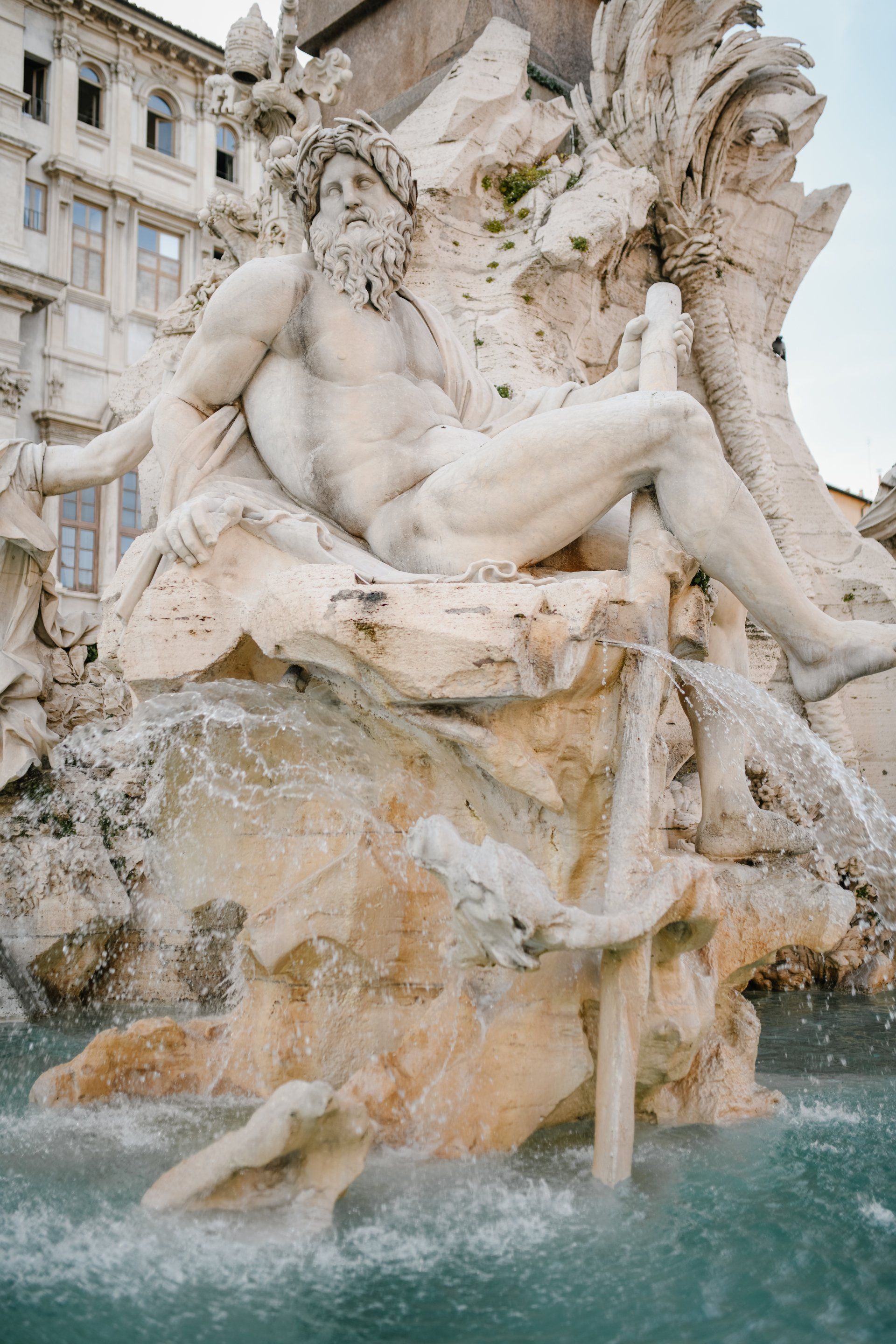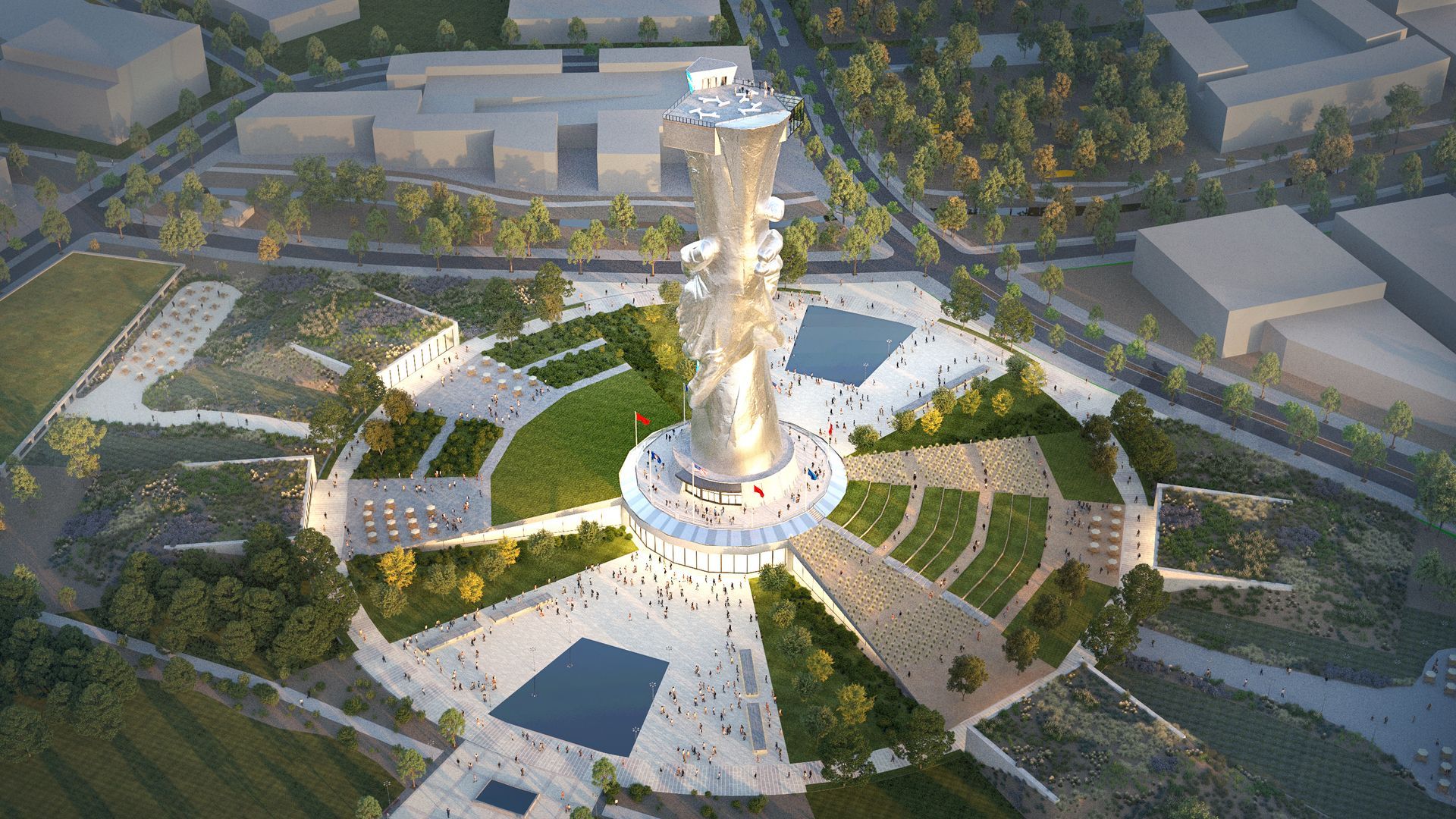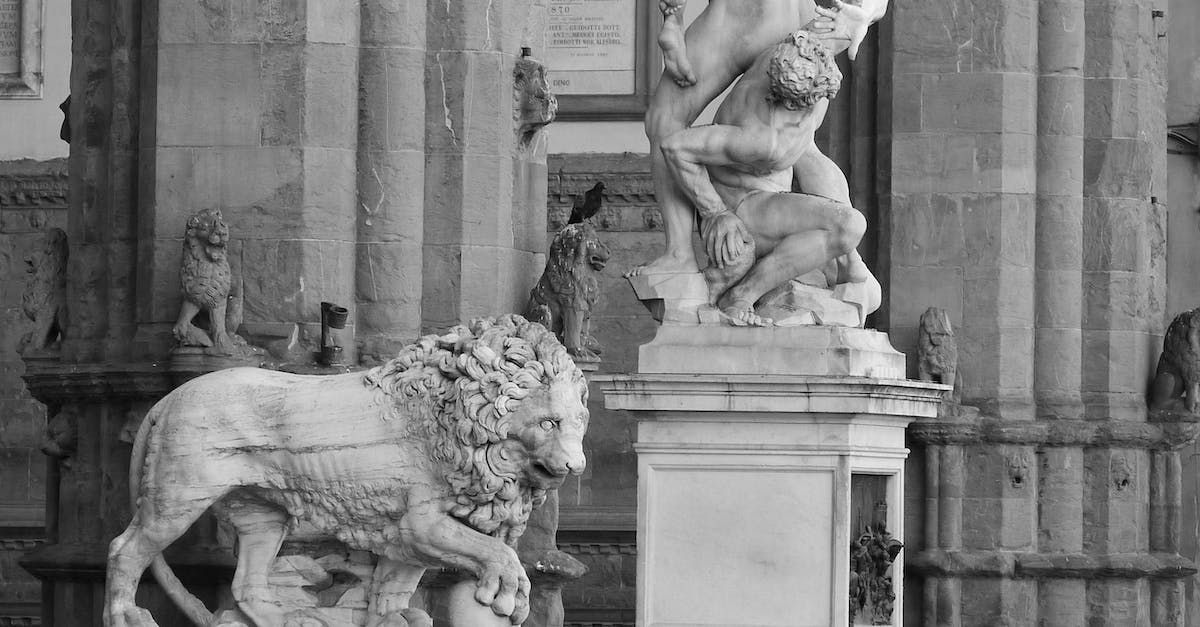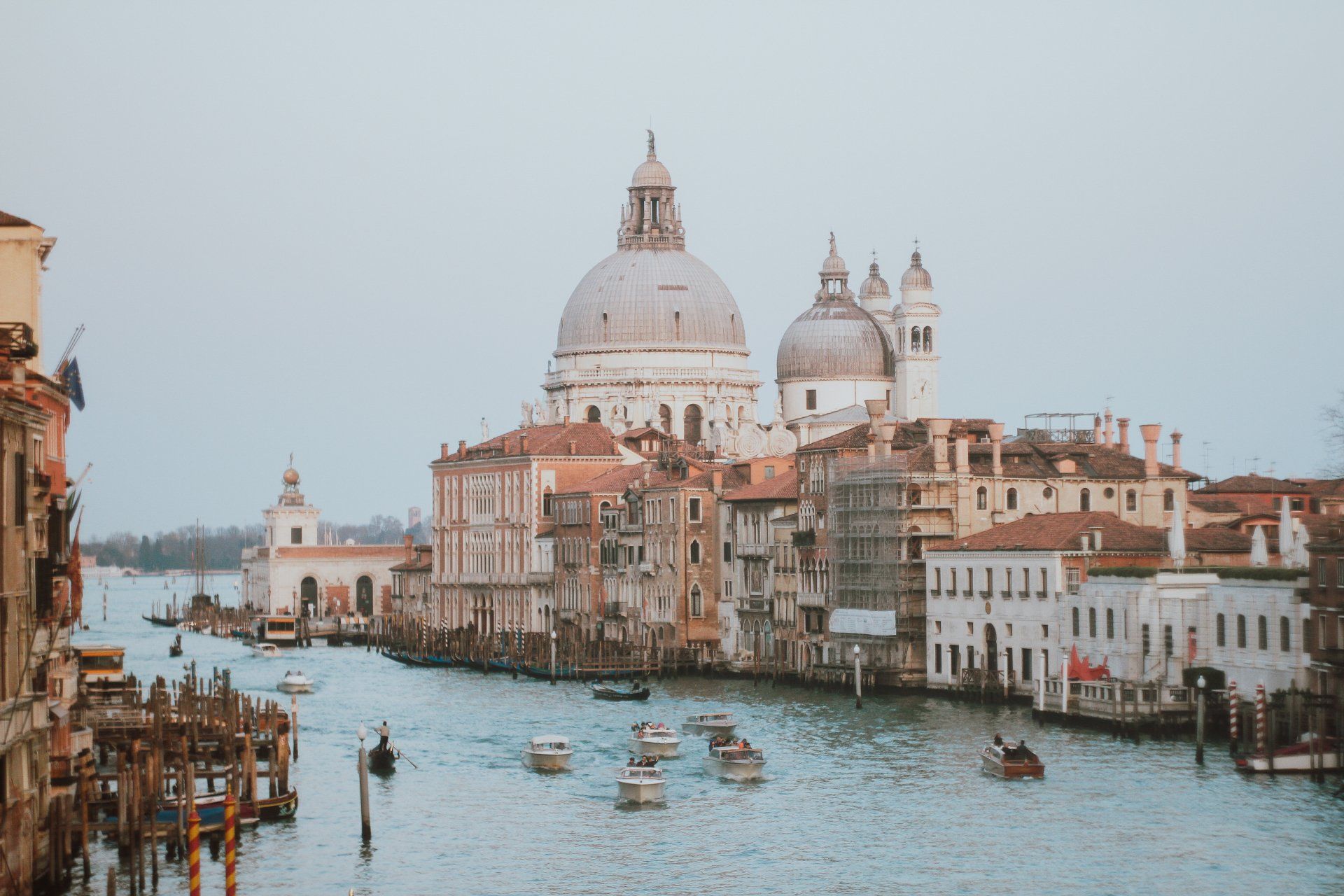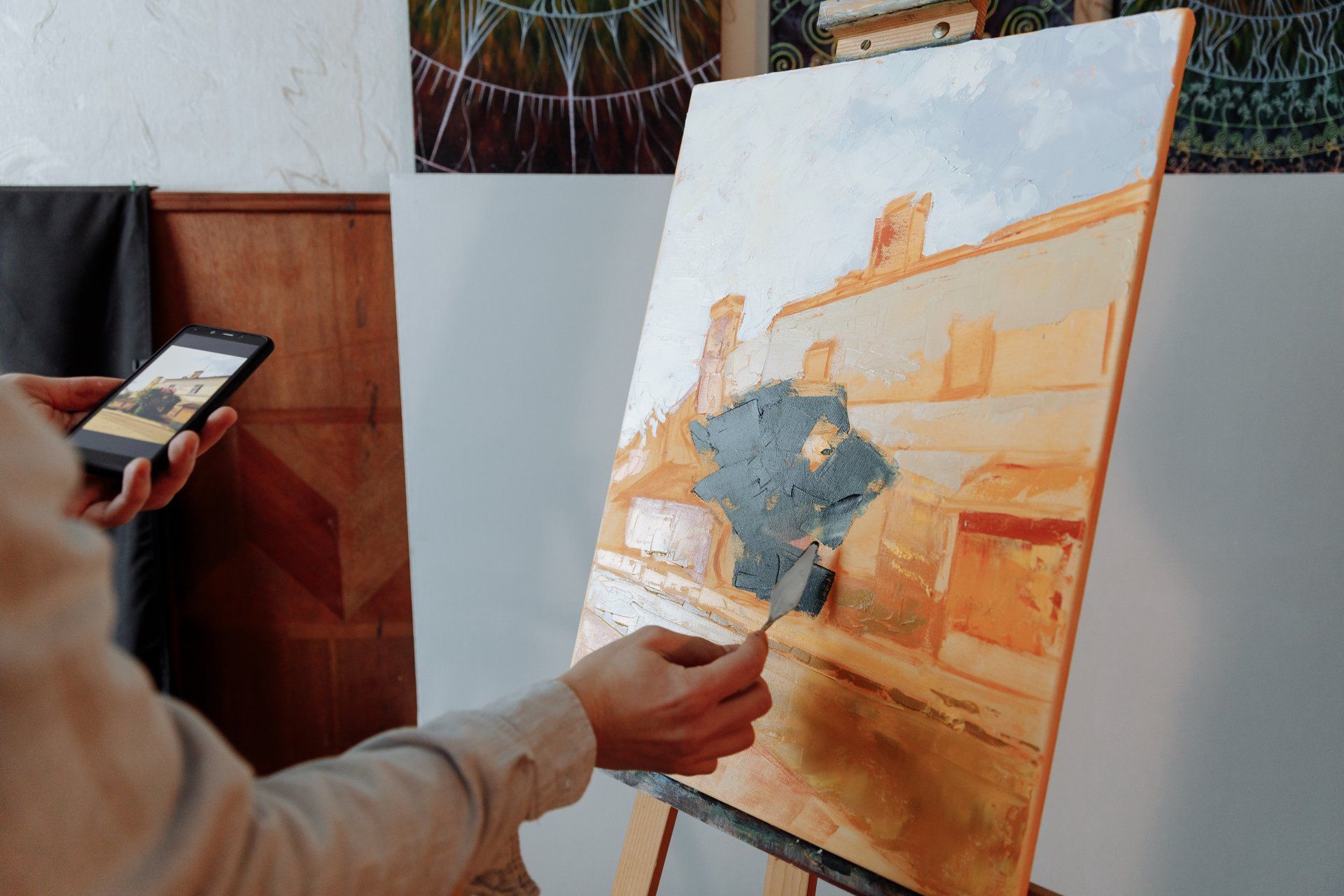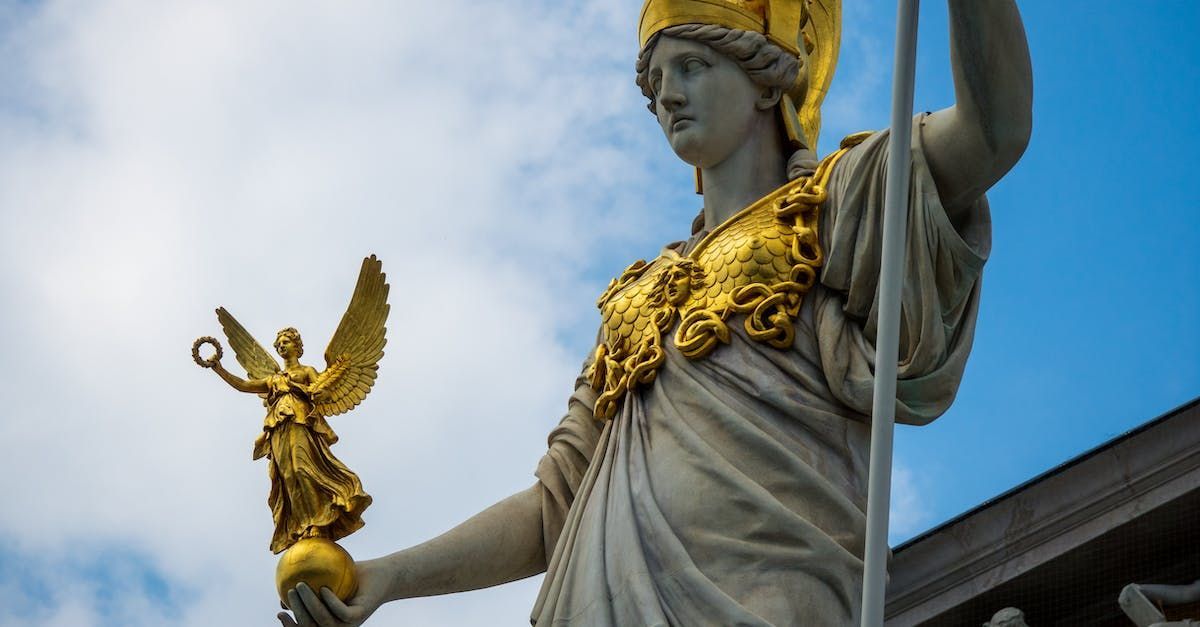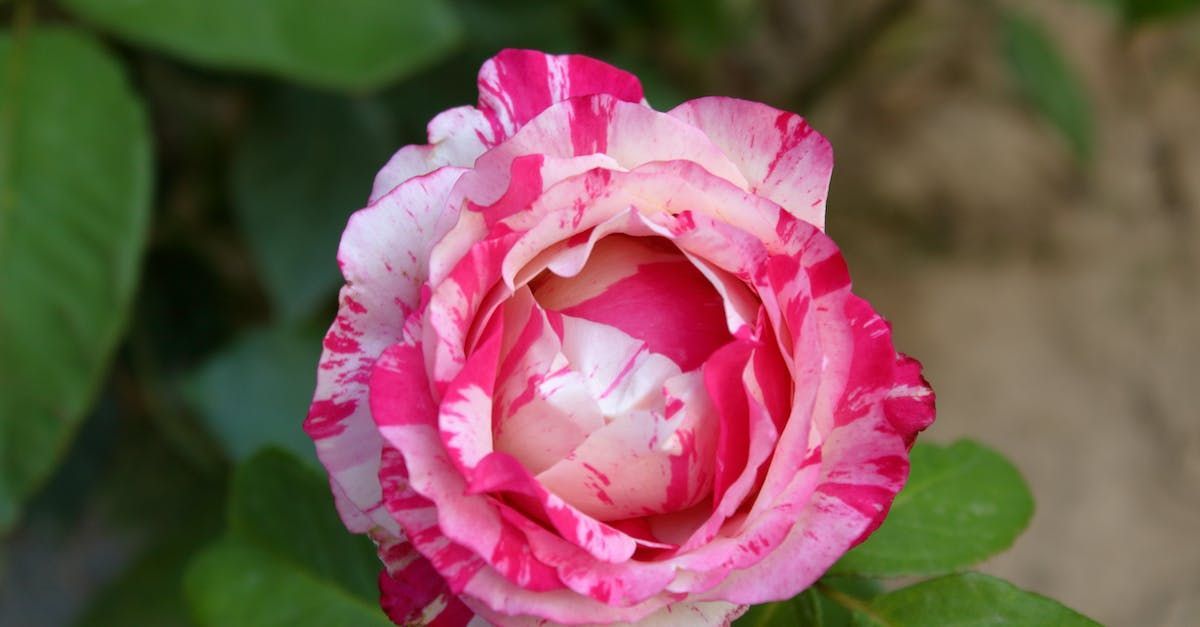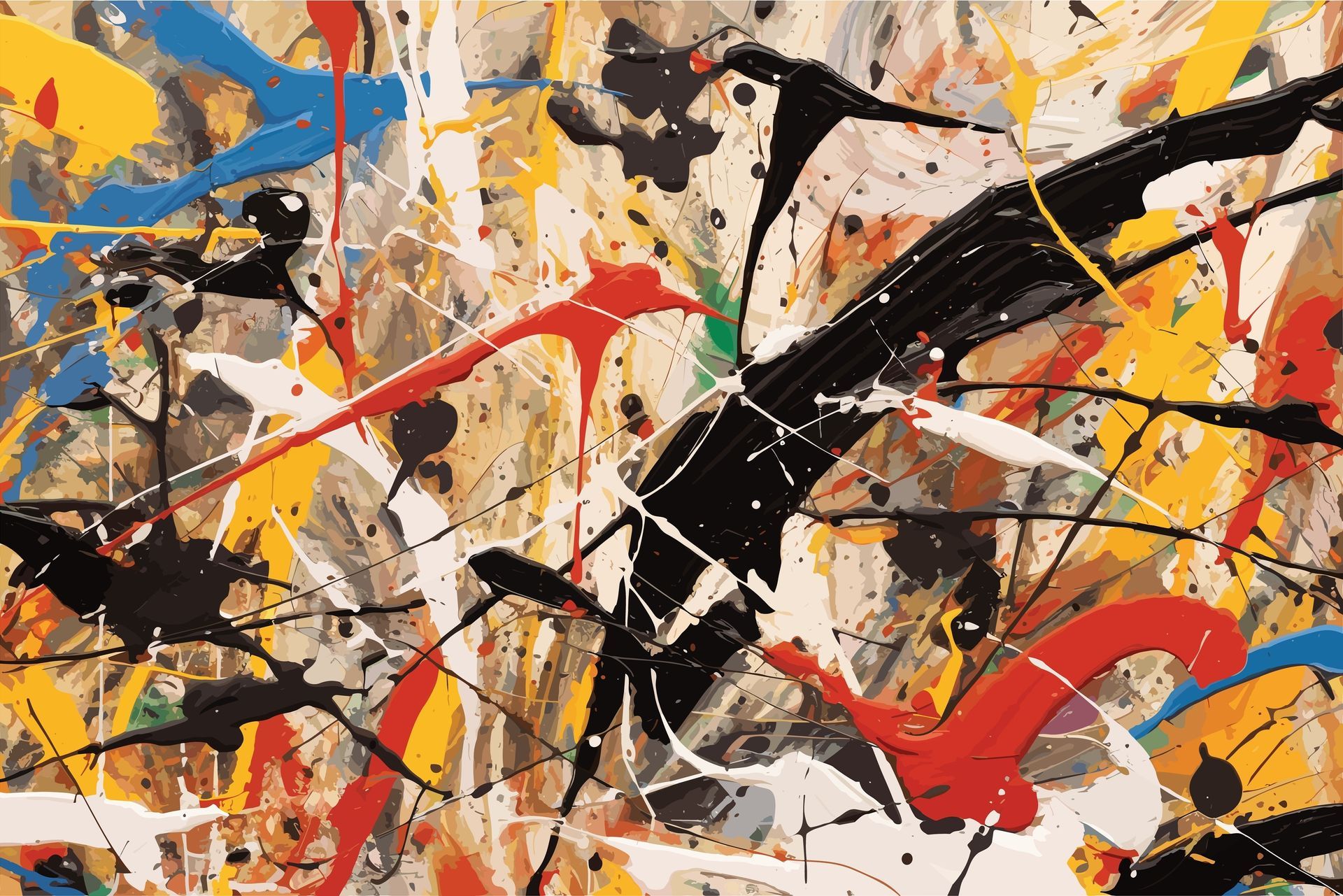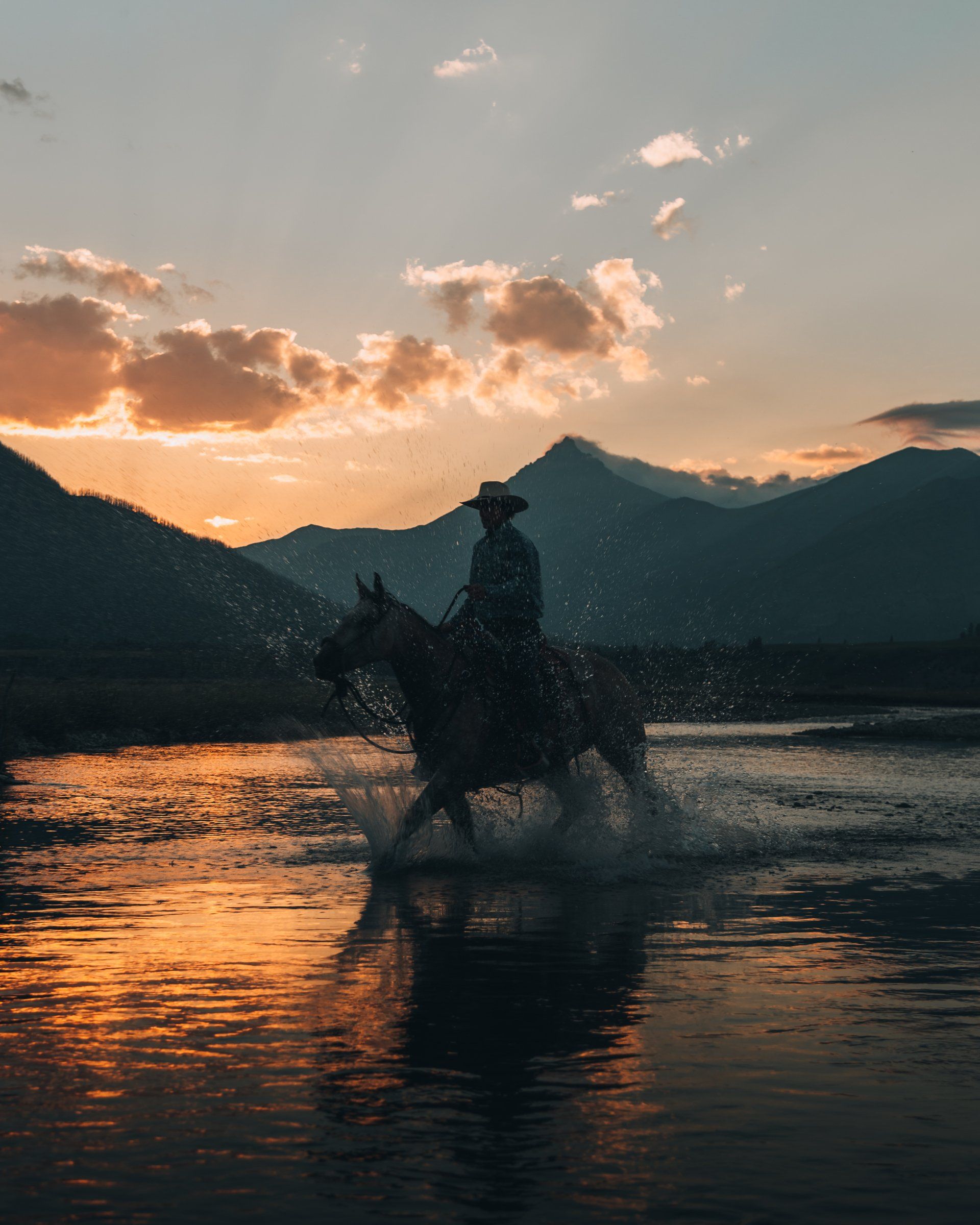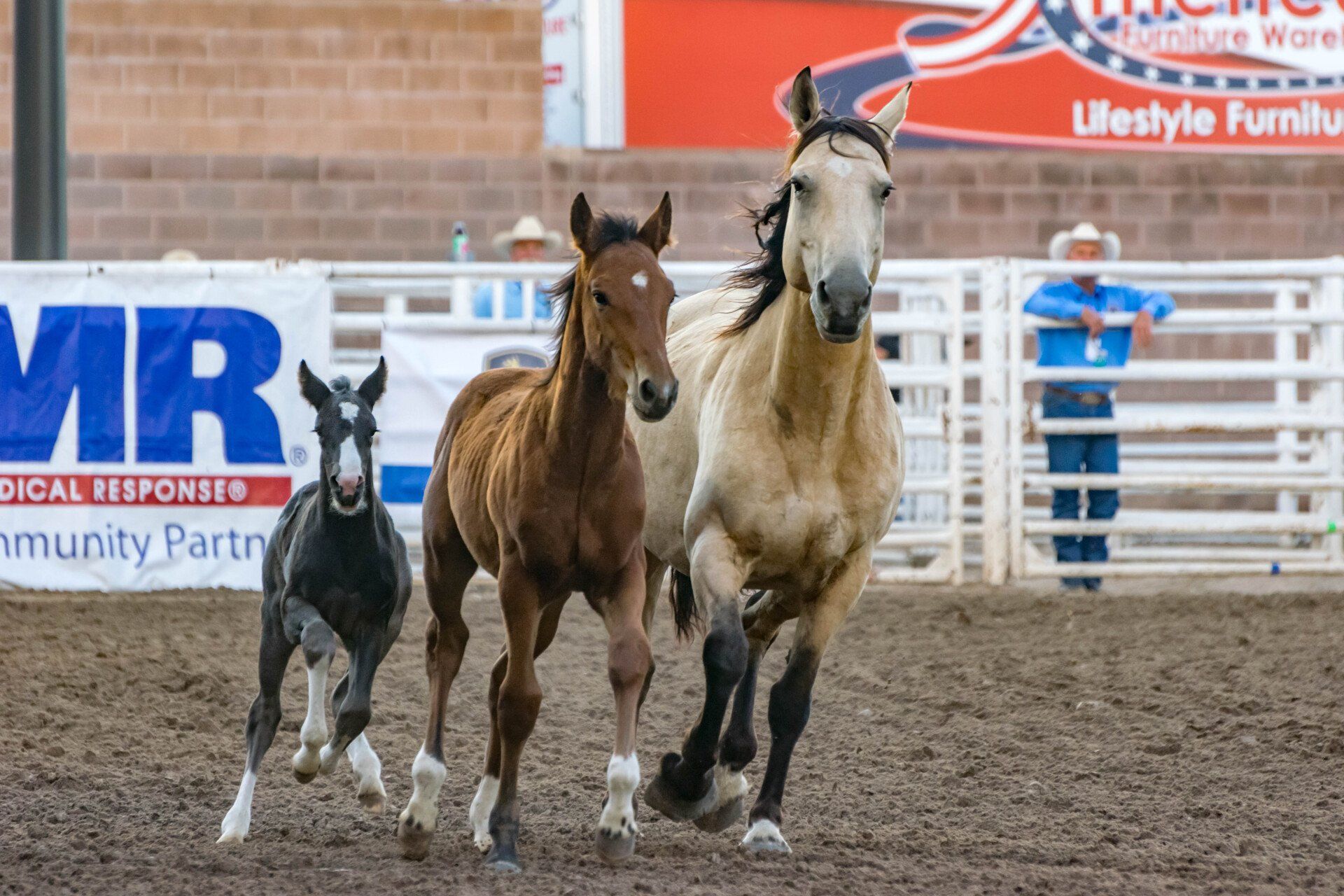R.S. Riddick
Blending Realism and Impressionism

R.S. Riddick is a contemporary artist known for their unique approach to capturing the essence of the cowboy culture and Western landscapes. Through a fusion of realism and impressionism, Riddick's paintings offer a fresh and contemporary perspective on the iconic imagery of cowboys and the American West. This article explores Riddick's distinctive style, their ability to bring subjects to life, and their contemporary interpretation of cowboy culture.
Blending Realism and Impressionism:
R.S. Riddick's artistic style is characterized by a fusion of realism and impressionism. By combining elements of both approaches, Riddick creates paintings that are both highly detailed and atmospheric, capturing the essence of the subject matter while infusing it with a sense of mood and emotion. This blending of styles adds depth and visual interest to the artwork, creating a dynamic and engaging viewing experience.
Bringing Cowboys and Western Landscapes to Life:
Riddick's skill lies in their ability to breathe life into their paintings, particularly in their portrayal of cowboys and Western landscapes. Through careful observation and attention to detail, Riddick captures the spirit, character, and movement of cowboys, imbuing them with a sense of authenticity and vitality. Similarly, their depiction of Western landscapes evokes a sense of grandeur and awe, allowing viewers to feel the vastness and rugged beauty of the American West.
Contemporary Interpretation of Cowboy Culture:
While rooted in traditional imagery and subject matter, R.S. Riddick brings a contemporary touch to their portrayal of cowboy culture. Their artwork reflects an understanding of the evolving nature of the cowboy lifestyle and its place in modern society. Through their unique artistic lens, Riddick presents a fresh perspective on cowboy culture, challenging preconceived notions and inviting viewers to reconsider their understanding of this iconic part of American history.
R.S. Riddick, with their distinctive blend of realism and impressionism, offers a fresh and contemporary interpretation of cowboys and Western landscapes. Through their unique artistic style, Riddick brings subjects to life, capturing the essence of cowboy culture with a contemporary touch. Their ability to evoke mood, depict movement, and convey the grandeur of the American West makes their artwork captivating and thought-provoking. As a contemporary artist, R.S. Riddick contributes to the ongoing legacy of cowboy art, adding their own artistic vision to the rich tapestry of Western art and culture.
